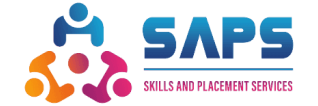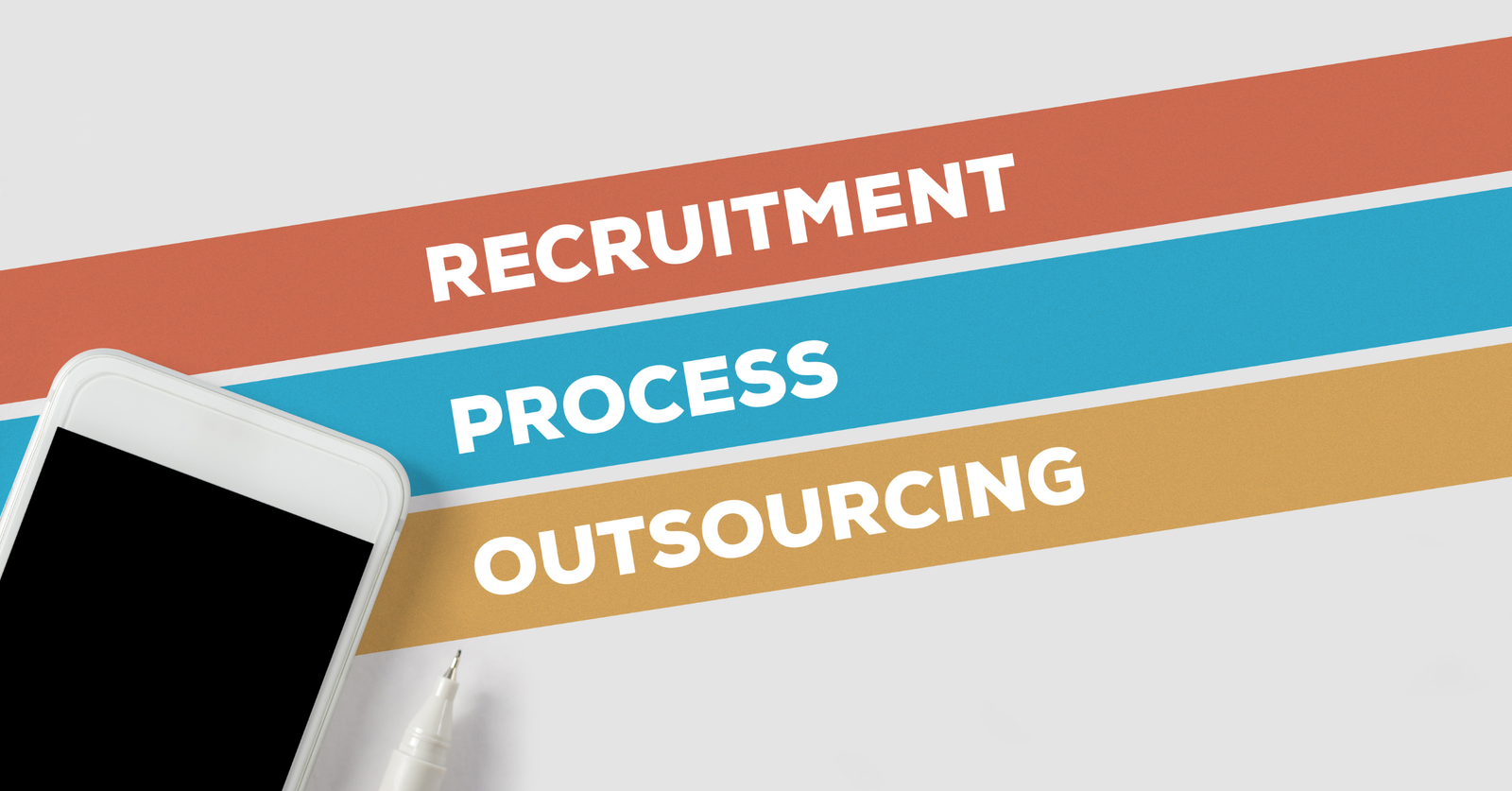The modern workforce is rapidly evolving. From automation to AI, from remote work to gig-based jobs—the landscape of employment is transforming before our eyes. As a result, career changes are more common than ever, and they no longer carry the stigma they once did.
But switching careers isn’t as simple as updating your resume and hitting “apply.” The most successful career pivots involve reskilling—acquiring new, in-demand skills that match the requirements of your target industry.
Whether you’re leaving a stagnant job, returning to work after a break, or seeking more purpose in your professional life, this guide will help you understand how to reskill for a career change—step-by-step.
Why People Change Careers
Before we jump into how to reskill, it’s helpful to understand why people make a career change:
- Lack of growth opportunities in current roles
- Burnout or dissatisfaction with job responsibilities
- Better work-life balance in other fields
- Higher salaries or job security in booming industries
- Pursuit of passion or personal interest
A career change isn’t a failure—it’s a sign of professional maturity and self-awareness.
Step 1: Identify Your Career Goals
Before reskilling, clarify what you want to do and why.
Ask yourself:
- What industry or role am I targeting?
- Why does it appeal to me?
- What are my short-term and long-term goals?
Example:
You’re currently an administrative assistant but want to move into digital marketing. Why? Because you enjoy writing, social media, and data analysis.
Your goal might be:
“Become a digital marketing specialist in the next 12 months and grow into a brand manager in 5 years.”
Step 2: Audit Your Current Skill Set
Next, assess which transferable skills you already have and what gaps you need to fill.
✅ Transferable Skills:
These are valuable in almost every profession:
- Communication
- Project management
- Time management
- Problem-solving
- Customer service
🔍 Gap Analysis:
Use job descriptions from platforms like LinkedIn, Naukri.com, or Glassdoor to identify required skills in your new field. Make a list of:
- Skills you already have
- Skills you need to acquire
Step 3: Choose the Right Reskilling Path
Once you know your skill gaps, you need to choose how to reskill. Your options include:
1. Online Courses & Certifications
- Coursera – Offers certifications from top universities (great for data science, business, marketing)
- Udemy – Affordable courses for coding, design, soft skills
- LinkedIn Learning – Quick, digestible lessons with completion badges
- Google Career Certificates – Recognized in digital marketing, UX, data analytics
- Skill India / NSDC – Government-supported vocational training programs for Indian job seekers
2. Bootcamps
- Intense, immersive training (often 8–16 weeks)
- Best for fields like coding, UI/UX, and data science
- Examples: Masai School, Newton School, UpGrad Bootcamps
3. Professional Certifications
For certain fields, certifications add credibility:
- HR: SHRM, HRCI, or LinkedIn HR certifications
- Project Management: PMP, Prince2, or Agile
- Finance: CFA, CPA, or NSE Academy modules
Step 4: Set a Learning Timeline and Routine
Learning something new can feel overwhelming. That’s why you need a structured timeline.
- Break your reskilling journey into phases:
- Phase 1: Basics (1–2 months)
- Phase 2: Intermediate skill-building (2–4 months)
- Phase 3: Hands-on projects and portfolio creation (1–2 months)
Set daily or weekly learning goals. For example:
- Watch 30 minutes of course videos every day
- Practice coding or write a blog twice a week
- Complete 1 mock project every month
Tools like Notion, Trello, or even a basic Excel sheet can help you track progress.
Step 5: Apply Your New Skills in Real Projects
Knowledge alone won’t help unless you demonstrate it. Recruiters want to see real-world application.
How to Gain Hands-on Experience:
- Freelance on Upwork, Fiverr, Freelancer
- Volunteer for NGOs, small businesses, or startups
- Contribute to open-source projects (for tech roles)
- Build a personal portfolio website with your work
- Do internships—even if unpaid for short term
Example:
If you’re learning digital marketing, run ad campaigns for your friend’s business or start a niche Instagram page to showcase growth strategies.
Step 6: Update Your Resume, LinkedIn & Cover Letter
Once you’re confident in your new skills, rebrand yourself as a professional in your new field.
Resume Tips:
- Highlight your transferable skills
- Include a “Career Summary” explaining your pivot
- Mention certifications and link to your portfolio
- Focus on results-oriented achievements from your old role that are relevant to the new field
LinkedIn Tips:
- Update your headline to match your target role
e.g., “Aspiring Data Analyst | Excel • SQL • Python • Tableau” - Post regular updates about your learning journey
- Ask for endorsements and recommendations
Step 7: Network in Your Target Industry
A career switch is easier when you’re known and trusted in the field. Start building your network early.
Ways to network:
- Join industry-specific LinkedIn groups
- Attend webinars and local meetups
- Follow thought leaders and engage with their content
- Reach out for informational interviews
You can say:
“Hi [Name], I’m transitioning into [industry] and admire your work. I’d love to learn about your career journey and any advice you have.”
Step 8: Start Applying (Even If You Don’t Feel Ready)
Imposter syndrome is common—especially during career transitions. But don’t wait until you’re “100% ready.”
Start applying to:
- Entry-level roles in your new field
- Hybrid roles that blend your old and new skill sets
- Apprenticeships, internships, or short contracts
Be honest but confident in interviews:
“While I’m transitioning from a different field, I’ve completed certifications in XYZ and applied them in projects ABC. I’m eager to bring my unique perspective to this role.”
Step 9: Be Patient and Resilient
Career transitions take time. There may be:
- Rejections
- Self-doubt
- Salary trade-offs (initially)
But with persistence and practice, your new career will begin to take shape. The key is consistent action and a growth mindset.
Celebrate small wins like:
- Completing a course
- Landing a freelance project
- Receiving positive feedback
Step 10: Keep Evolving
Even after landing your first job in a new field, the journey doesn’t stop. Upskilling is a continuous process.
Stay updated by:
- Following industry news
- Taking refresher courses
- Seeking mentorship
- Attending workshops and events
Remember: Reskilling is not just a one-time event—it’s a career habit that will future-proof your professional journey.
Popular Career Changes and Reskilling Suggestions
Here are some common career transitions and the skills needed:
| Current Role | New Career Goal | Reskilling Needed |
|---|---|---|
| Teacher | Instructional Designer | eLearning tools, curriculum design, Canva |
| Sales Executive | Digital Marketer | SEO, Google Ads, Email Marketing |
| BPO Associate | Data Analyst | Excel, SQL, Tableau, Python |
| Accountant | Business Analyst | Excel, SQL, Financial Modeling, Power BI |
| Civil Engineer | Project Manager (IT) | Agile, Scrum, PMP Certification |
Final Thoughts
A career change may feel risky, but it’s also one of the most empowering decisions you can make. The key to a smooth transition is reskilling strategically—acquiring new knowledge, demonstrating ability, and networking in your chosen field.
With the right mindset, resources, and planning, you don’t have to start over—you simply start smart.
Need Help Navigating Your Career Change?
At Skills and Placement Services (SAPS), we help professionals like you reskill, rebrand, and relaunch their careers. From resume writing to personalized career coaching, we’re your partner in transformation.
📞 Call us at +91 7024468303 or
🌐 Visit www.sapsindia.in to get started.
Let’s build the career you’ve always wanted—together.





